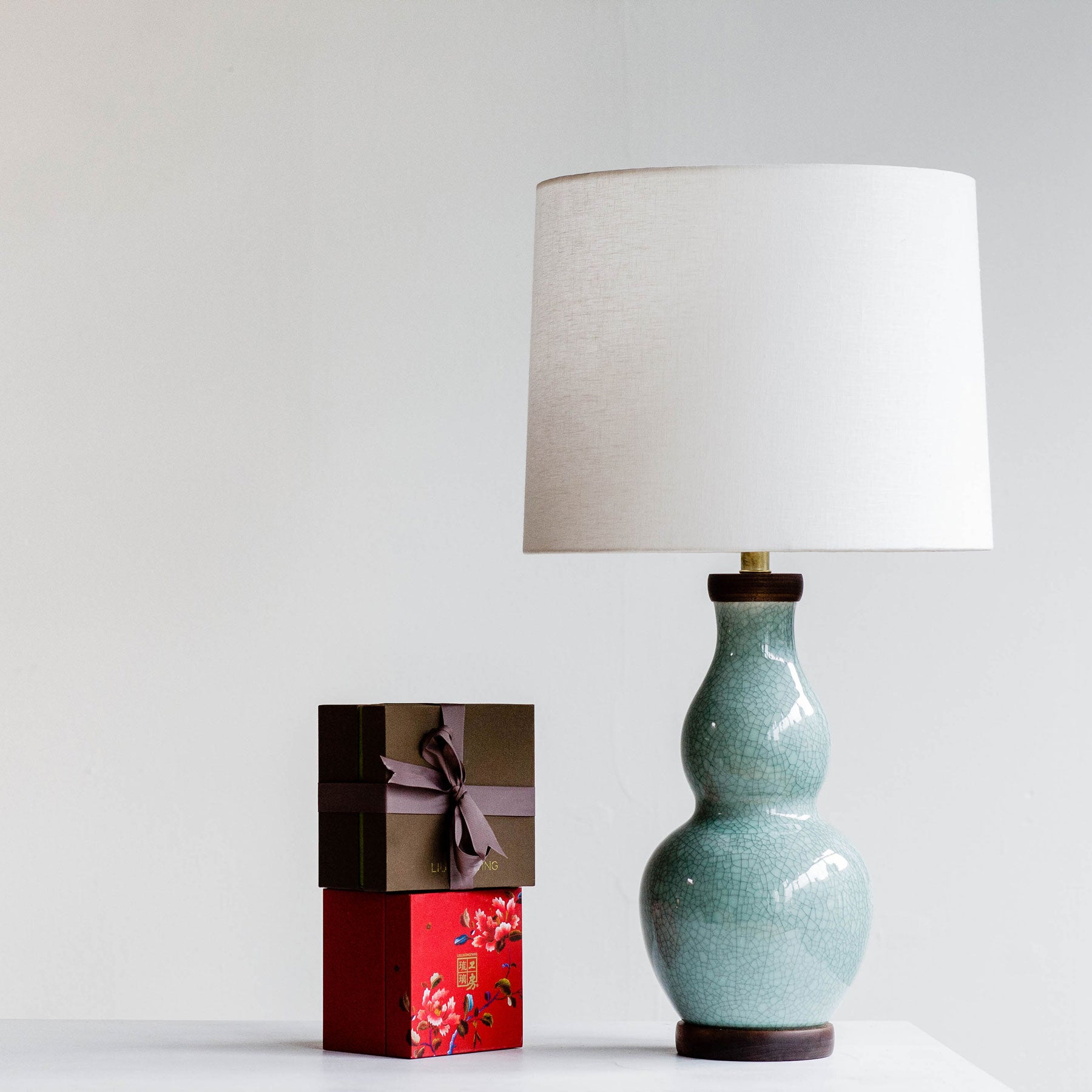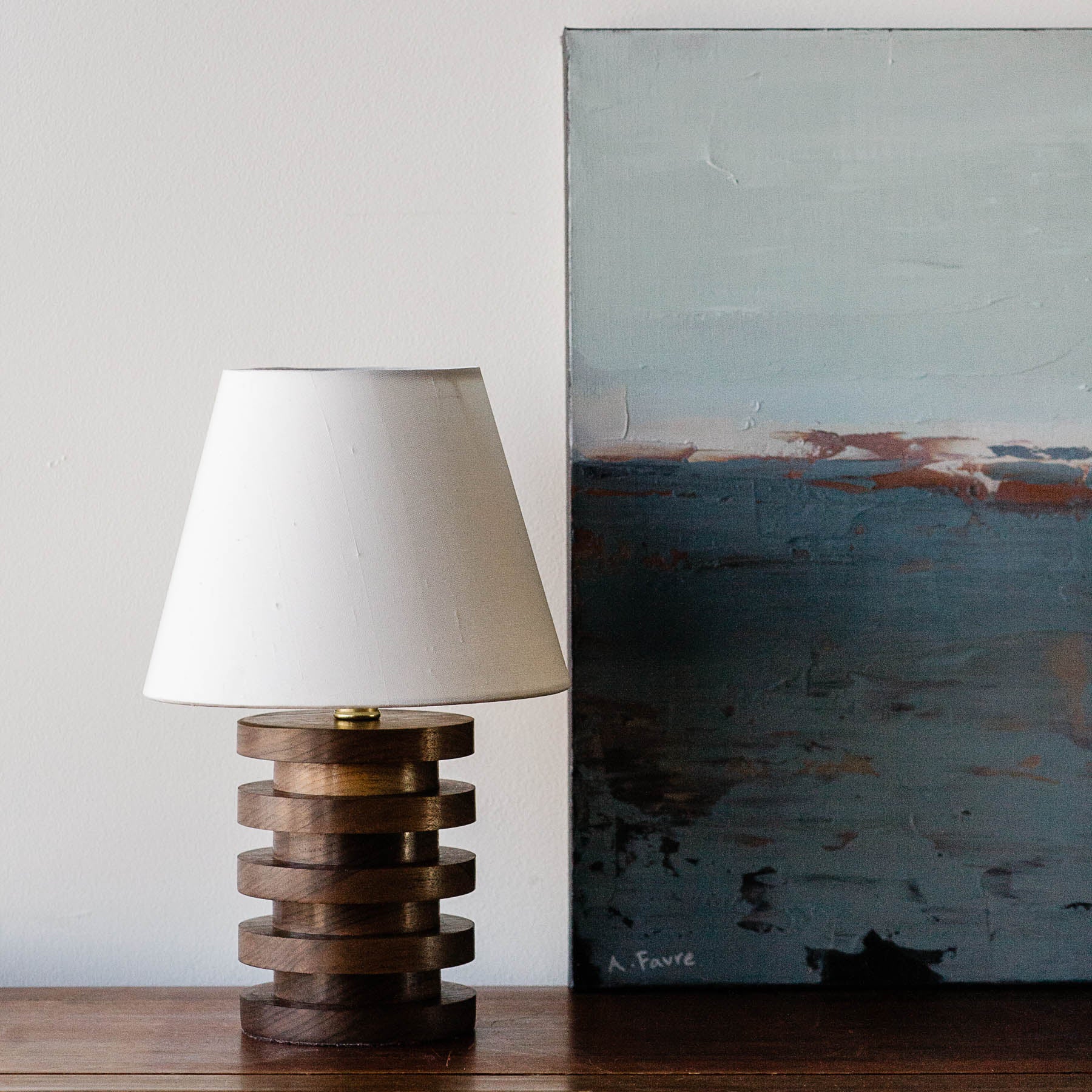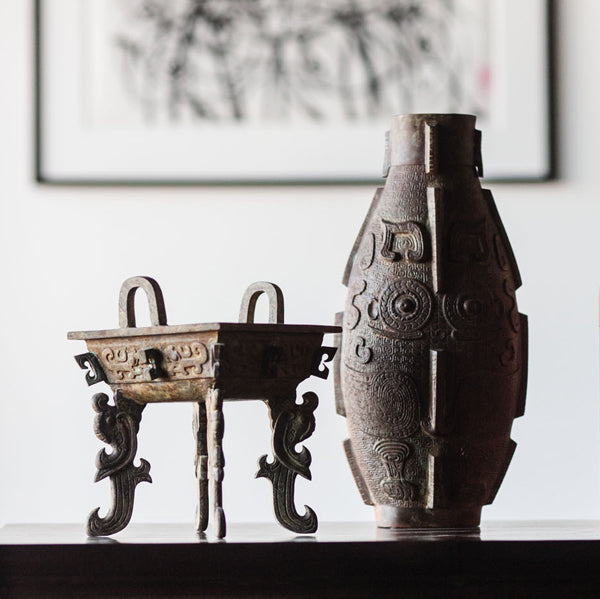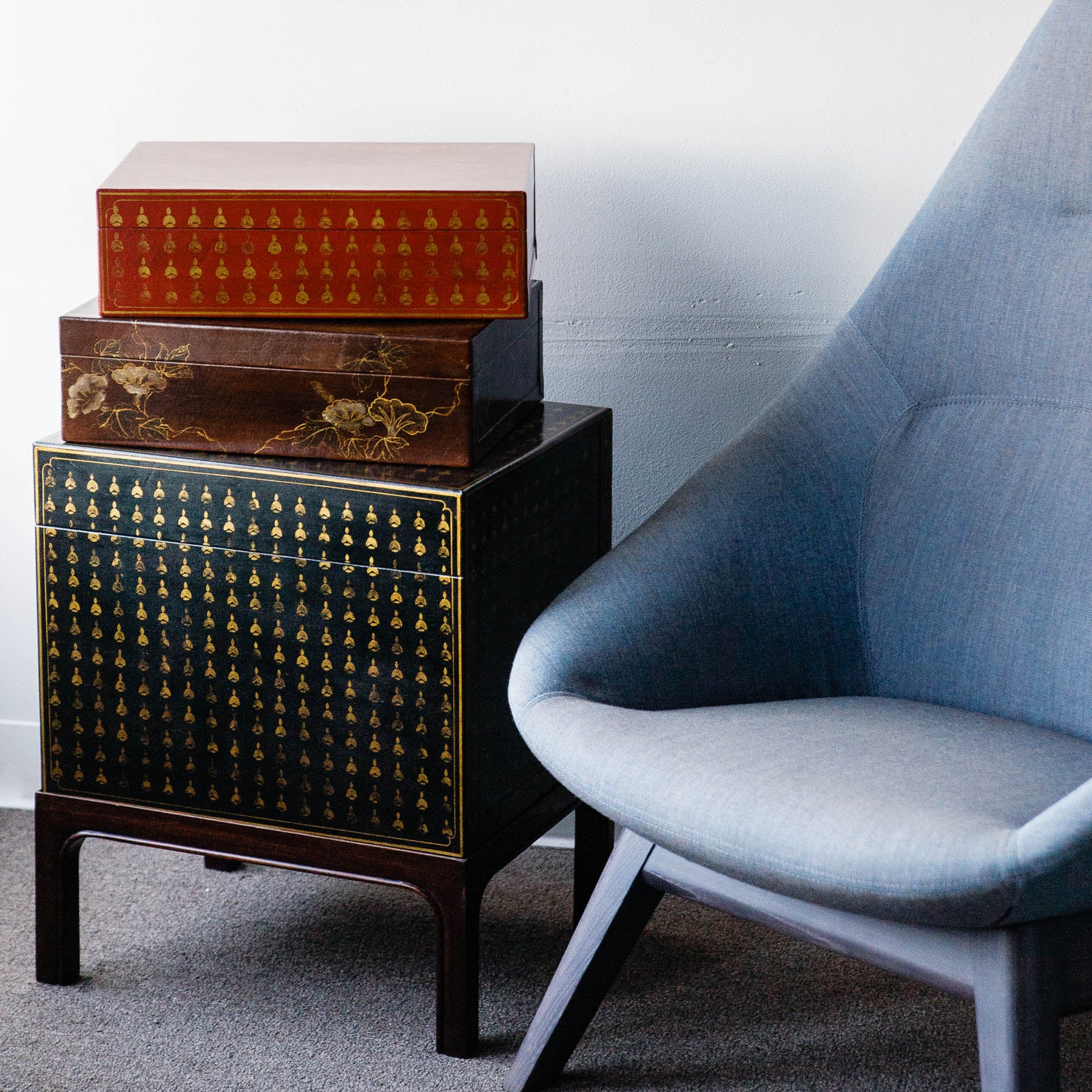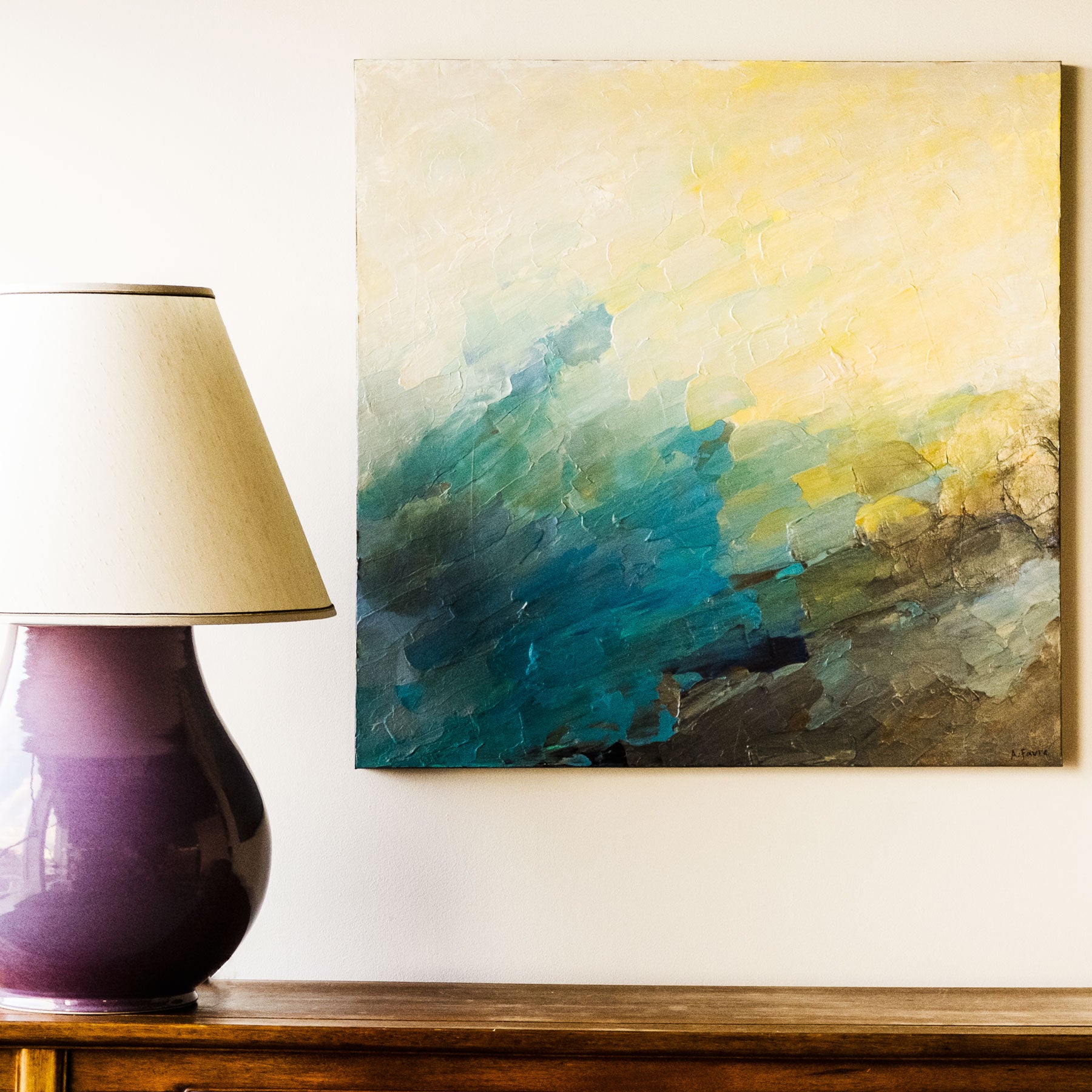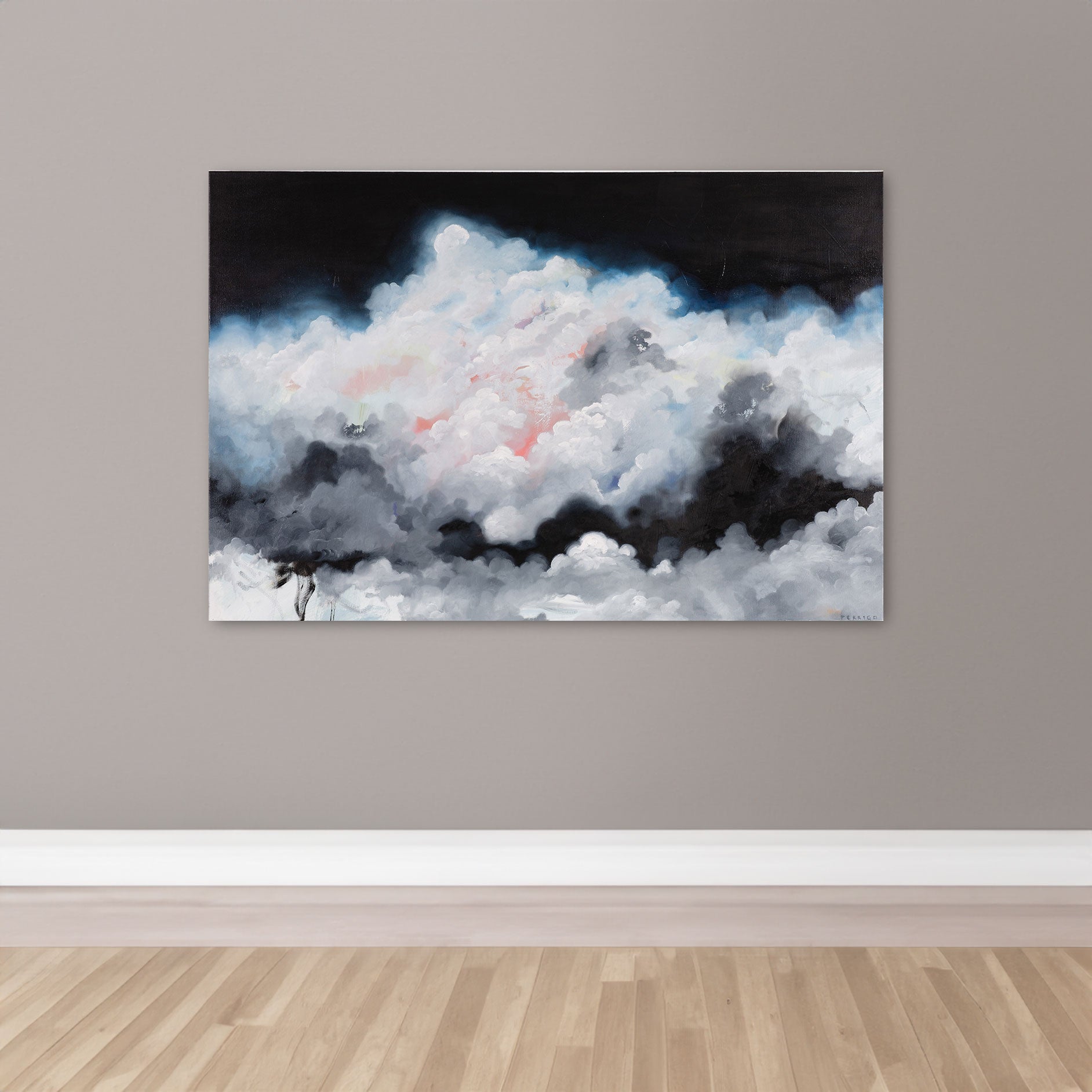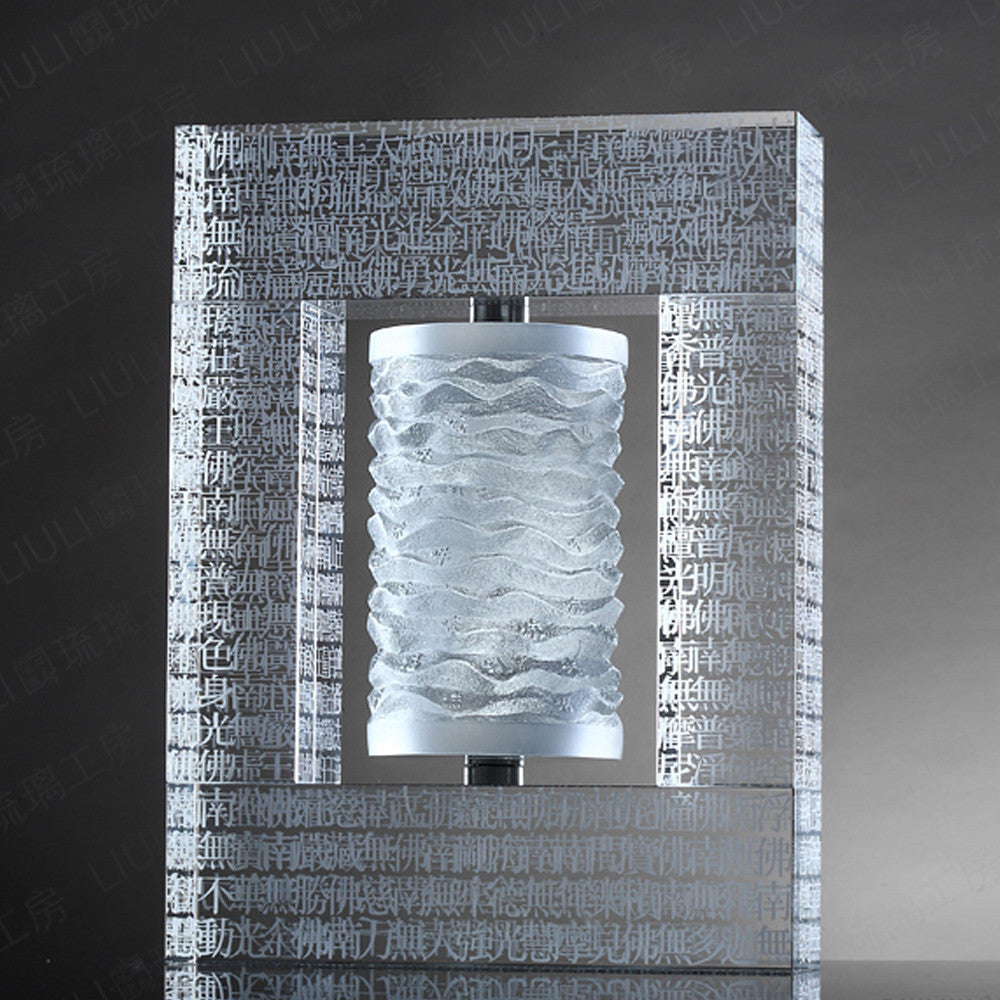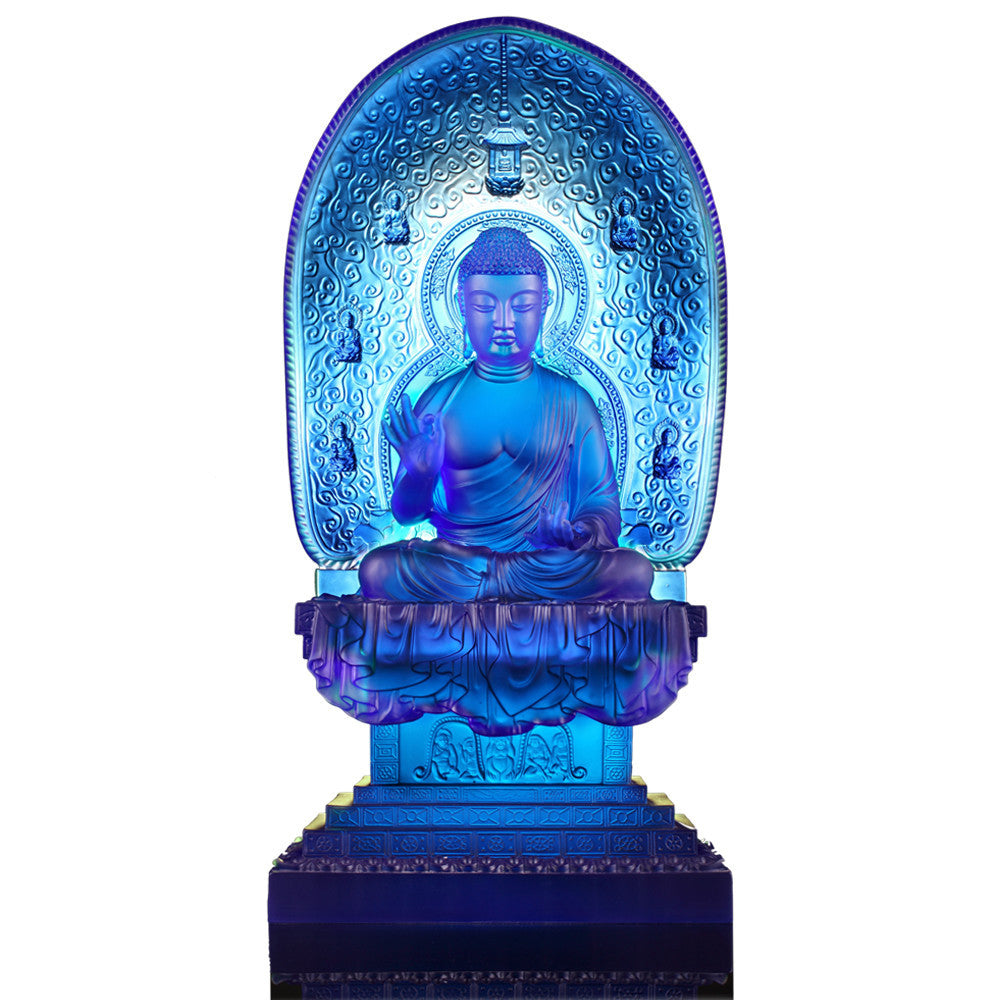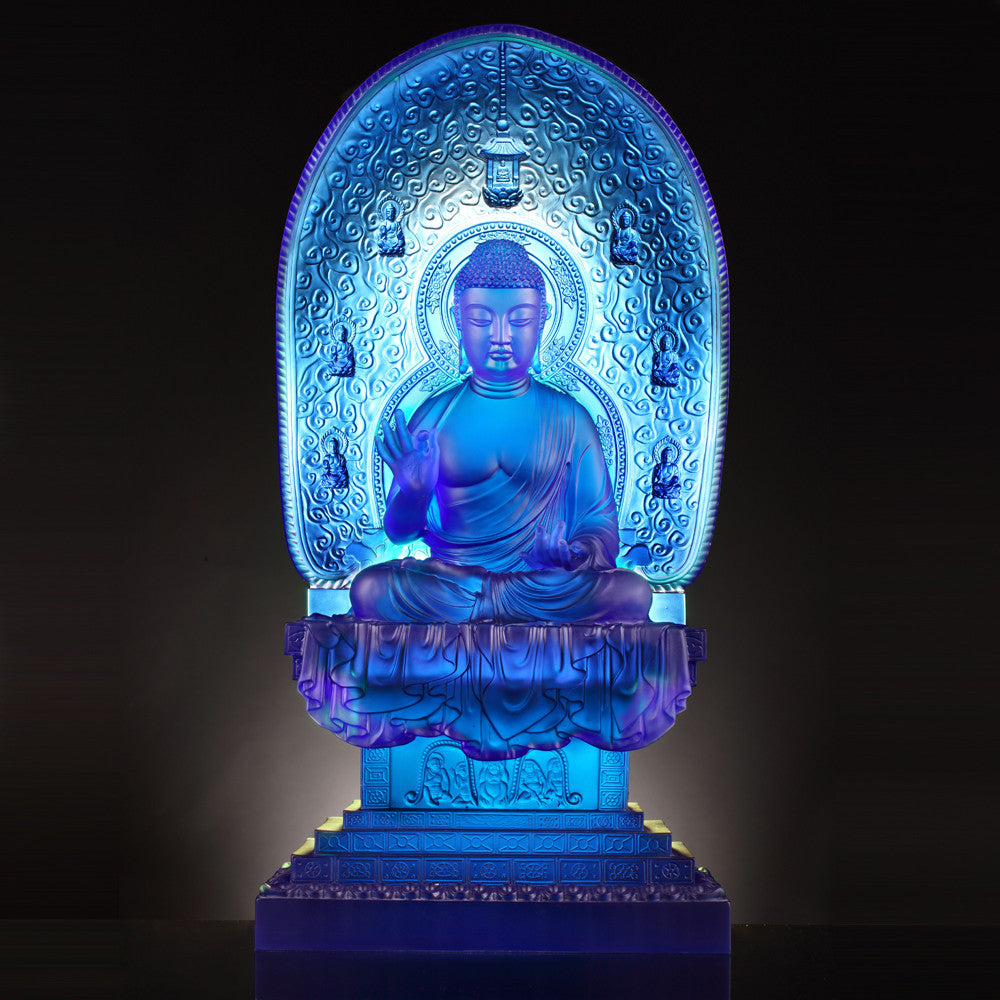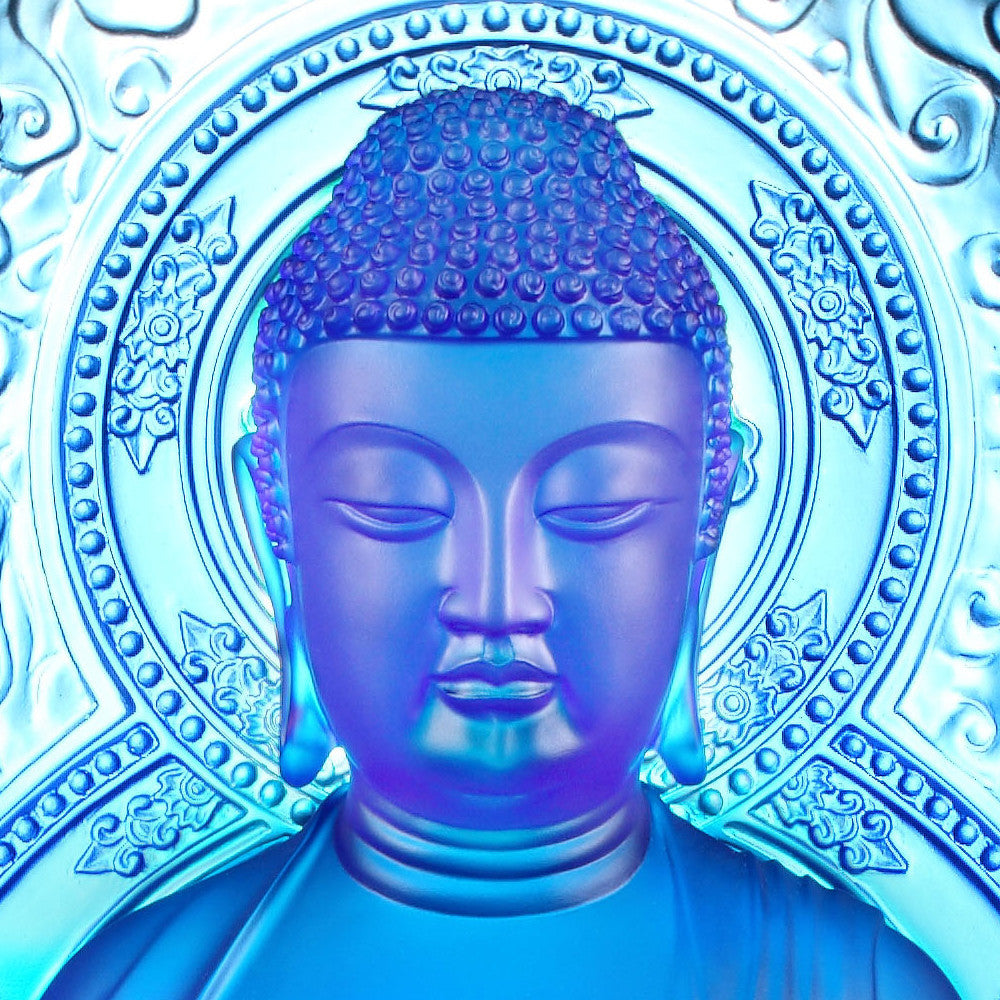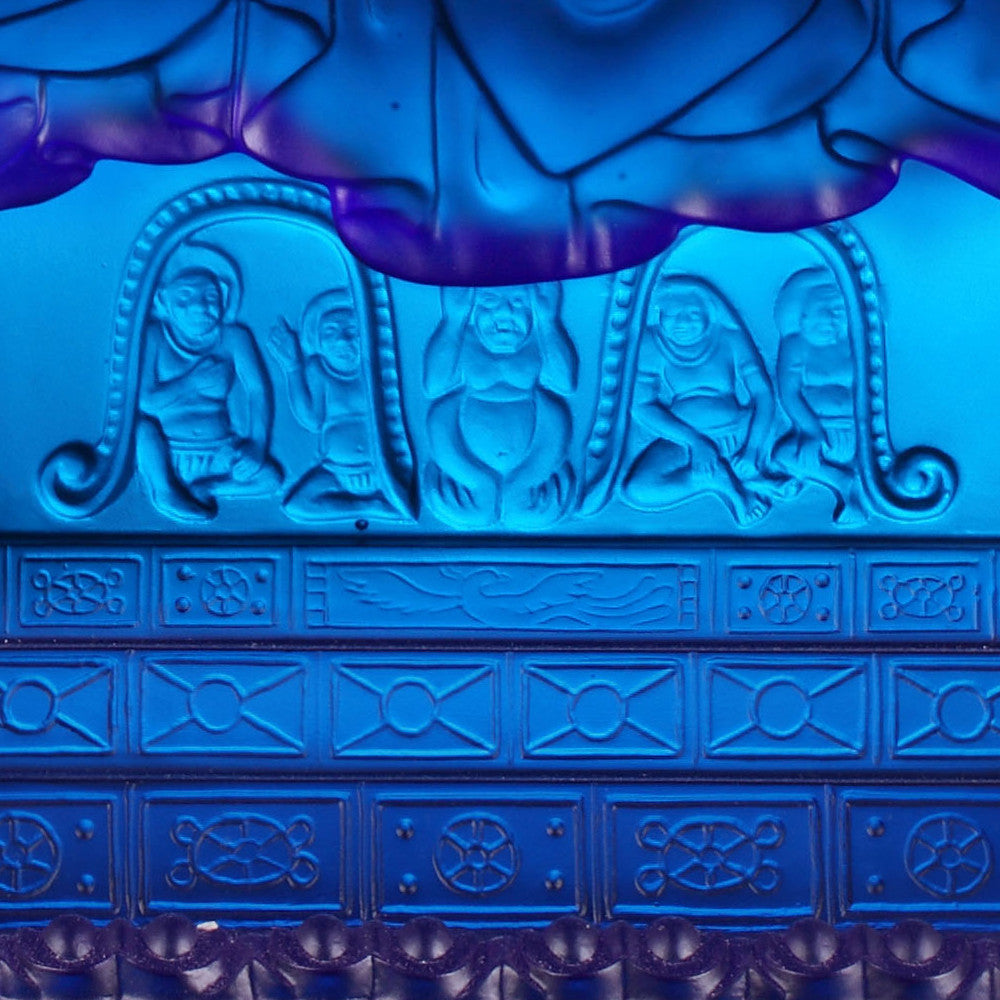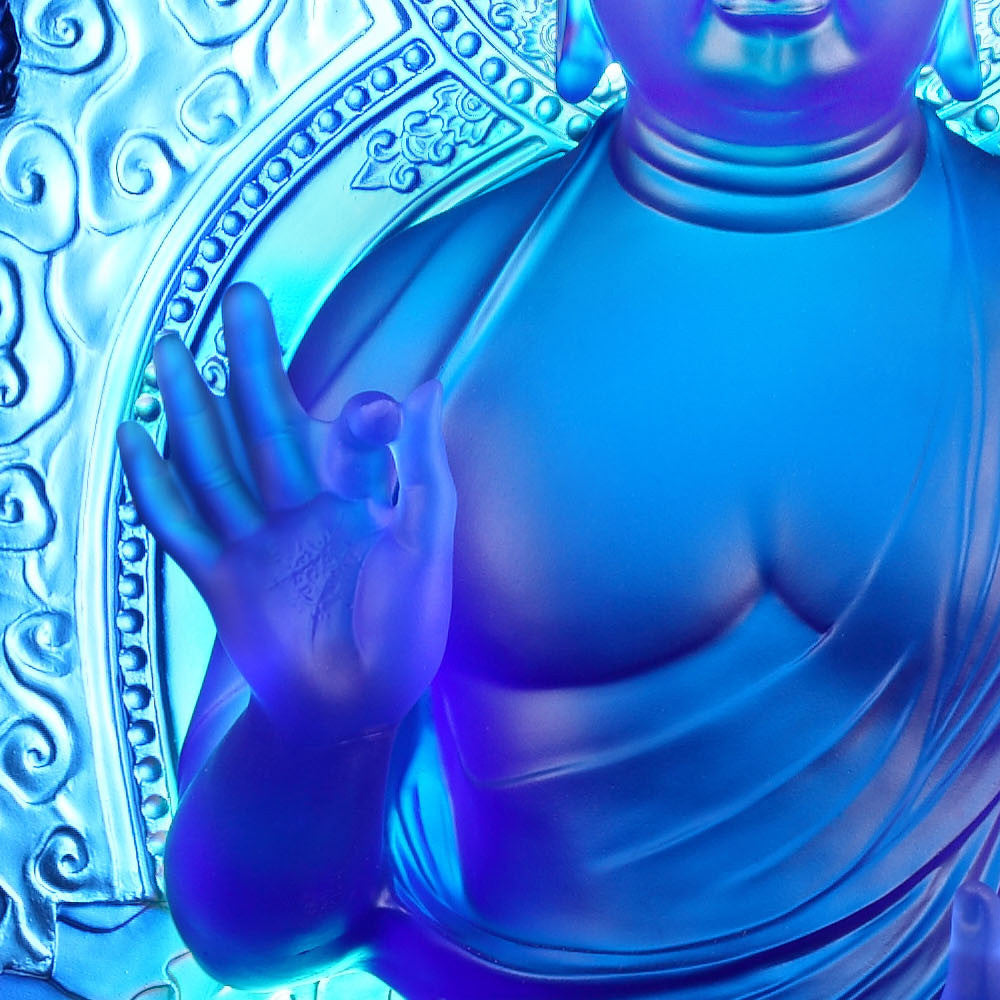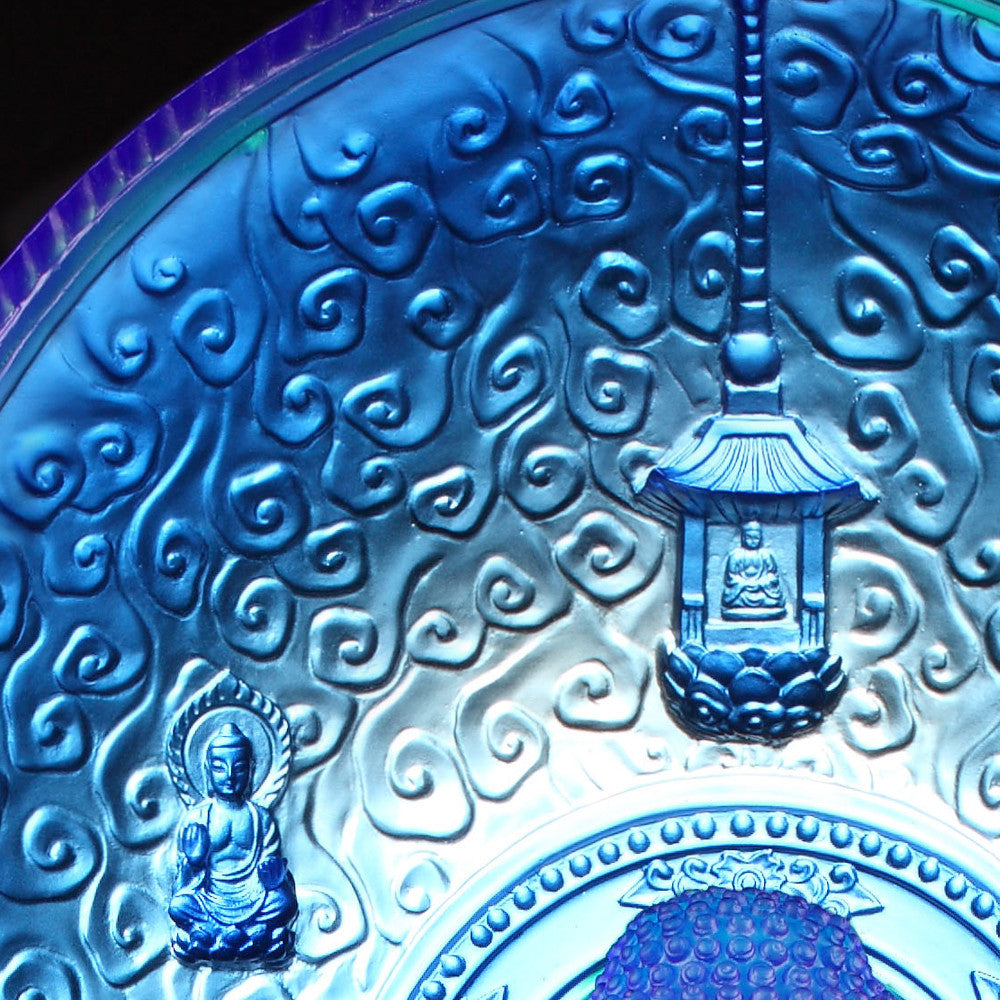Crystal Healing Buddha, "Blue Medicine Liuli Buddha"
Couldn't load pickup availability
Material: Crystal Glass
Technique: Pate de Verre
Size: 12.60L x 9.06D x 22.80H inches
Limited Edition: Unlimited
Note: As the art pieces are individually hand-made, the color and dimensions will vary slightly.
Design Concept:
Bhaisajyaguru, commonly referred to as Medicine Buddha, presides over the pure land Vaiduryanirbhasa (Lapis Lazuli Radiance), located in the east. In accordance with the description of Medicine Buddha’s dharma-body found in the scriptures, this image is cast in azure blue, the color of the sky, representing an ever-present guiding light. Amongst the twelve vows Medicine Buddha made while still a bodhisattva, the second begins, “I vow that in a future life, upon attaining enlightenment, my body will be like lapis lazuli, bright and limpid inside and out.” This vow has been Loretta H. Yang’s guiding inspiration in producing glass sculptures over several decades.
Sitting in meditation posture on a jeweled lotus throne, Medicine Buddha is depicted with all the distinguishing characteristics of a buddha, including a benevolent countenance, a solemn demeanor, elongated earlobes, and the traditional monastic robe; he is backed by a nimbus decorated with an auspicious cloud motif. This piece consists of three parts: the figure, the nimbus, and the base. The flames on the rim of the nimbus represent the illuminating wisdom of enlightenment, and its circular shape symbolizes equality, harmony, and perfection. At the upper center portion of the nimbus is an image of Sakyamuni Buddha.
On either side of the nimbus are six celestial buddhas. Medicine Buddha is typically depicted seated, holding in his left hand either a pagoda or a medicine bowl, while making a gesture (mudra) with his right hand, including the gesture of fearlessness, the wish-granting gesture, and the meditation gesture. On the palms of his hands are the “wheel of the Dharma,” the traditional symbol of Buddhism.
As is customary for Buddhist statuary, the fingers and toes are joined together, like the webbed feet of a duck, symbolizing the consummation of spiritual endeavor. The base is decorated with auspicious motifs; it features scenes from edifying stories from the Buddhist scriptures, as well as depictions of the 12 guardian deities who protect the Medicine Buddha Sutra day and night. This image of Medicine Buddha is modeled on the one found at the Yakushi Temple in Nara, Japan.

